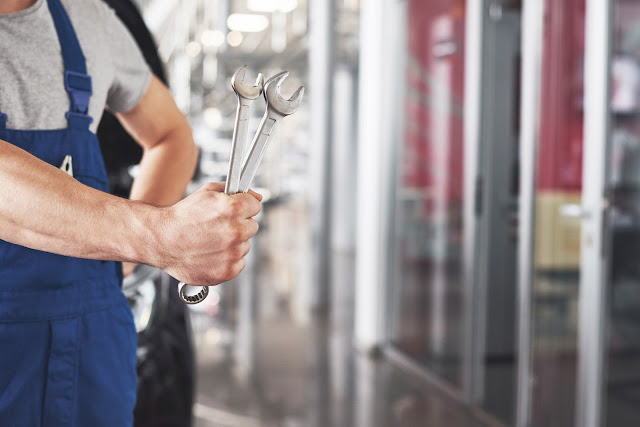Top 3 Common Problems in Stone Grinding and How to Fix Them
Stone grinding is a critical step in stone fabrication, helping create smooth surfaces, defined edges, and a flawless finish. But even seasoned professionals can run into issues that affect the quality of the final product. Whether you’re cutting granite, shaping quartz, or polishing marble, knowing how to identify and fix common grinding problems can save you time, tools, and materials.
Let’s explore the top three most common stone grinding issues — and more importantly, how to fix them like a pro.
1. Uneven Surface Finish
The Problem:
One of the most frequent challenges in stone grinding is ending up with an uneven or patchy surface. This usually happens when grit progression is skipped, when there’s inconsistent pressure applied during grinding, or when the tools used are worn out or incompatible with the stone type.
How to Fix It:
- Always follow a proper grit progression — start with a coarse grit and work your way up to finer ones.
- Use consistent pressure throughout the process. Let the tool do the work rather than forcing it.
- Check the condition of your polishing pads. If they’re worn out, replace them with fresh, high-quality options from a reliable source of Polishing Pads & Sandpaper in Dallas.
- Clean the stone surface thoroughly between grit changes to avoid grit contamination.
2. Overheating and Burn Marks
The Problem:
Overheating during grinding can lead to discoloration, burn marks, or even micro-cracks on the stone surface. This typically results from excessive friction, high-speed grinding, or dry polishing when wet methods are required.
How to Fix It:
- Always use wet grinding techniques when working with sensitive stones.
- Avoid excessive speed or downward pressure — keep your grinder moving to prevent heat buildup.
- Use water-cooled tools or accessories to help manage heat, especially when working with harder materials like granite or quartz.
- Consider applying a black wax bar for final touch-ups to restore a smooth, polished look and mask minor discoloration.
3. Tool Vibration and Chipping
The Problem:
Excessive vibration or chatter during grinding not only affects control but can cause chips or cracks along stone edges. This can be due to unbalanced grinding wheels, poor handling, or improper setup of material supports.
How to Fix It:
- Use the right material handling equipment in Dallas to properly stabilize your stone during grinding.
- Ensure your grinder is balanced and that the cutting tools & blades in Dallas are securely attached.
- If chipping is a recurring issue, try using a finer grit or switching to resin-bonded pads designed to minimize edge damage.
- Slow down your feed rate and maintain steady control when working near stone edges and corners.
Pro Tips for Smoother Grinding
- Choose tools designed for your specific stone type. For quartz, visit top-rated quartz distributors near me.
- Always start with the right foundation — get your stone from a trusted stone yard near you.
- Use correction tools like edge chamfering pads or a black wax bar to polish and refine final touches.
- Keep your workspace clean, organized, and equipped with reliable Coring Tools & Accessories Near You for efficient results.
Conclusion
Stone grinding is a detailed and skillful process, but even minor missteps can lead to major surface issues. By understanding the top problems — like uneven finishes, overheating, and vibration — you can take proactive steps to prevent them. With the right tools, techniques, and materials, every stone surface can turn out flawless and professional.
Looking to upgrade your tools and materials? Visit a trusted source for Cutting Tools & Blades in Dallas or check out a local stone store near you for expert advice and premium supplies.




Comments
Post a Comment